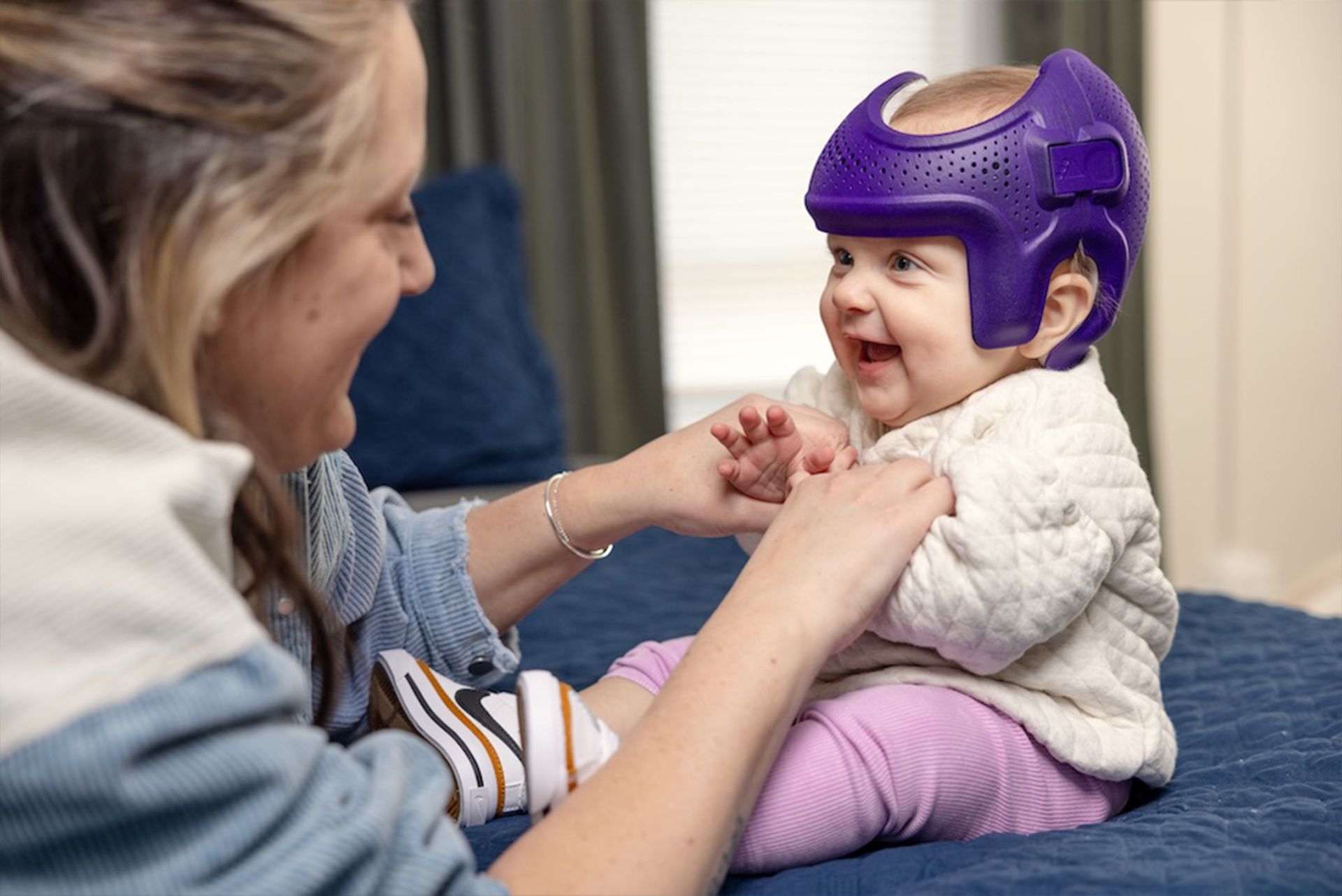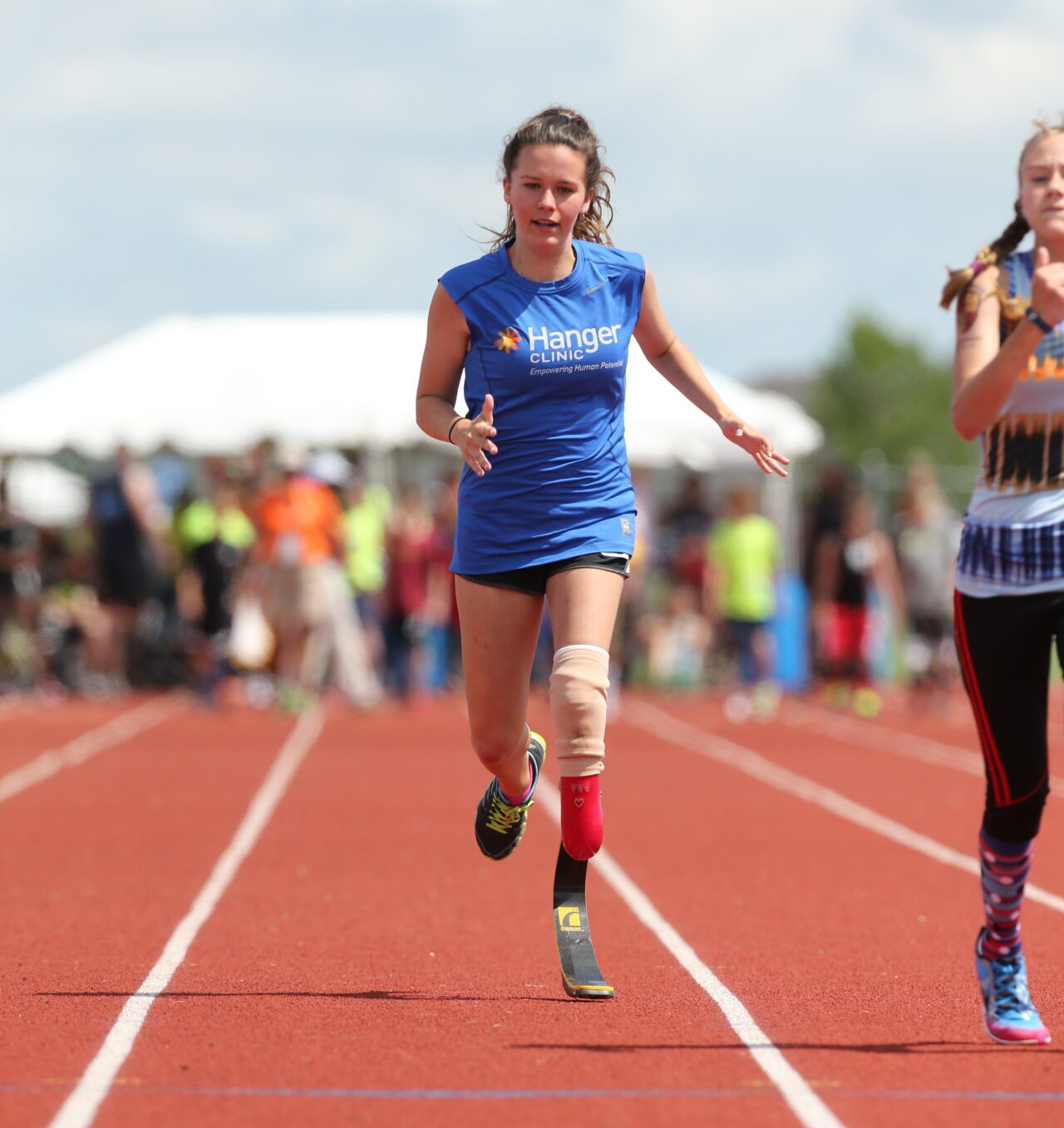Texas Orthotic and Prosthetic Legislation
Proposed Texas Orthotic and Prosthetic Legislation
Access to orthotic and prosthetic care is essential for individuals living with limb differences or mobility challenges, yet many face significant barriers due to gaps in healthcare coverage. The proposed Texas bills—S.B. 1466/H.B. 5544 and H.B. 426—aim to address these challenges by expanding Medicaid coverage for orthotic and prosthetic (O&P) devices. These measures not only ensure equitable healthcare access for Medicaid recipients but also improve quality of life, promote independence, and potentially reduce long-term healthcare costs. Supporting these bills underscores a commitment to enhancing mobility and dignity for all Texans.
Texas Medicaid Coverage for Prosthetics and Orthotics Over the Age of 20 (S.B. 1466/H.B. 5544)
There are approximately 45,000 amputations in Texas annually. Many adult Texans who rely on Medicaid for their health care needs are denied access to orthotic and prosthetic devices (O&P) which could improve their quality of life. Texas is the only state that does not cover these devices for people over 20 years old who have disabilities such as amputations. Without orthotic and prosthetic devices, Texans receiving Medicaid benefits face more challenges in living independently, working, and avoiding further health complications. These bills aim to change that by extending coverage to the adult Medicaid population and allowing them to benefit from the rehabilitation and independence that O&P care can provide.
Passing S.B. 1466/H.B. 5544 is a matter of ensuring that Texans with disabilities can get medically necessary care. It would also save money in the long run by preventing costly hospitalizations and ER visits that result from the lack of proper care. S.B. 1466/H.B. 5544 is a sensible solution to a serious problem.

Cranial Remolding Orthosis Coverage (H.B. 426)
H.B. 426 aims to provide insurance coverage for cranial remodeling orthoses (CRO), which are used to treat infants with head shape deformities such as plagiocephaly. The bill sets the criteria and guidelines for CRO eligibility, which are based on the current best practices and clinical standards in the U.S. H.B. 426 also seeks to ensure that infants who need CROs can access them in a timely manner, without facing financial barriers or delays that could compromise their outcomes.
Passage of the bill will help alleviate the emotional distress and frustration of parents who cannot afford CROs and is a step towards improving the quality of care and the well-being of infants and families affected by head shape deformities.

So Every BODY Can Move (Activity-Specific O&P Coverage)
Activity-specific orthotic and prosthetic devices are designed to help people with disabilities perform specific physical or recreational activities, such as running, swimming, or hunting. However, these devices are often not covered by insurance plans, which limits their availability and affordability. Many states have introduced or enacted legislation that requires insurance plans to cover activity-specific O&P devices based on the evidence that they can improve the health and well-being of people with disabilities and reduce the long-term costs of healthcare and social services.
Eight states (Arkansas, Colorado, Illinois, Maine, Maryland, Minnesota, New Hampshire, and New Mexico) have already passed such legislation, and 30 more states have either introduced bills or are building coalitions to prepare for bill introduction.

How can the citizens of Texas get involved in So Every BODY Can Move?
Advocates in your state are currently organizing towards introducing So Every BODY Can Move legislation. Visit the So Everybody Can Move website and fill out the Intake Form to let us know how you want to get involved!
Can I contact legislators in Texas?
Reach out to your state representatives and senators to express support for S.B. 1466/H.B. 5544 and H.B. 426. Share personal stories or examples of how these bills would positively impact individuals and families.
Texas Event – April 16, 2025
To rally support for our legislative bills, and to celebrate Limb Loss and Limb Difference Awareness Month (LLLDAM), more than 100 patients, clinicians, employees of Hanger and Ottobock and others in the O&P community will be gathering at the Texas State Capitol by the Texas Cowboy Monument statue at 2:00pm on April 16th (look for the big group of orange shirts) to talk about the importance of access to orthotic and prosthetic care.
Running requires different biomechanics than walking. When running, more push-off energy is generated by the ankle than during walking, and upon heel strike, the vertical impact of running can equal around four times one’s body weight. The good news is that there are prosthetic devices specifically designed for running to maximize shock absorption and energy return while improving stamina and minimizing injury.
Michael Oros, CPO, FAAOPPresident of Hanger Clinic
Request a Free Evaluation
Reach out to your physician, therapist, or orthotist/prosthetist to discuss if an orthosis or prosthesis for physical activity may benefit you.